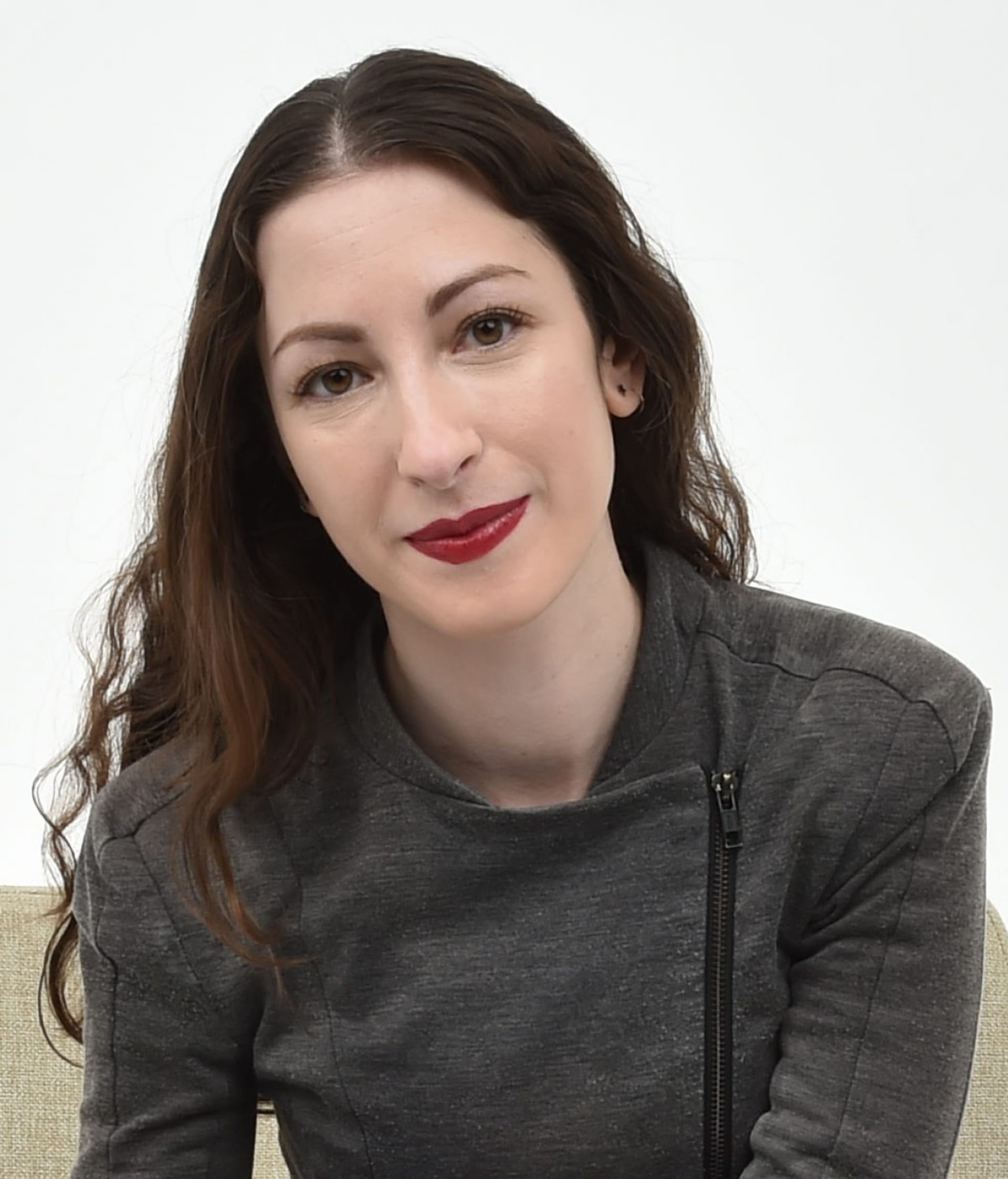The humans of 2016 are used to turning to an empty search bar for information, but often our searches reveal as much about us as they do about the world. Search is one of the many tools that Pam Grossman, director, visual trends at Getty Images, uses to predict where our collective aesthetic is heading. What she discovers often bridges the gap between aesthetics and sociology. We caught up with her at Getty Images’ New York offices to find out what’s next for 2016.
There's going to be a lot more audacity and boldness to our aesthetics.
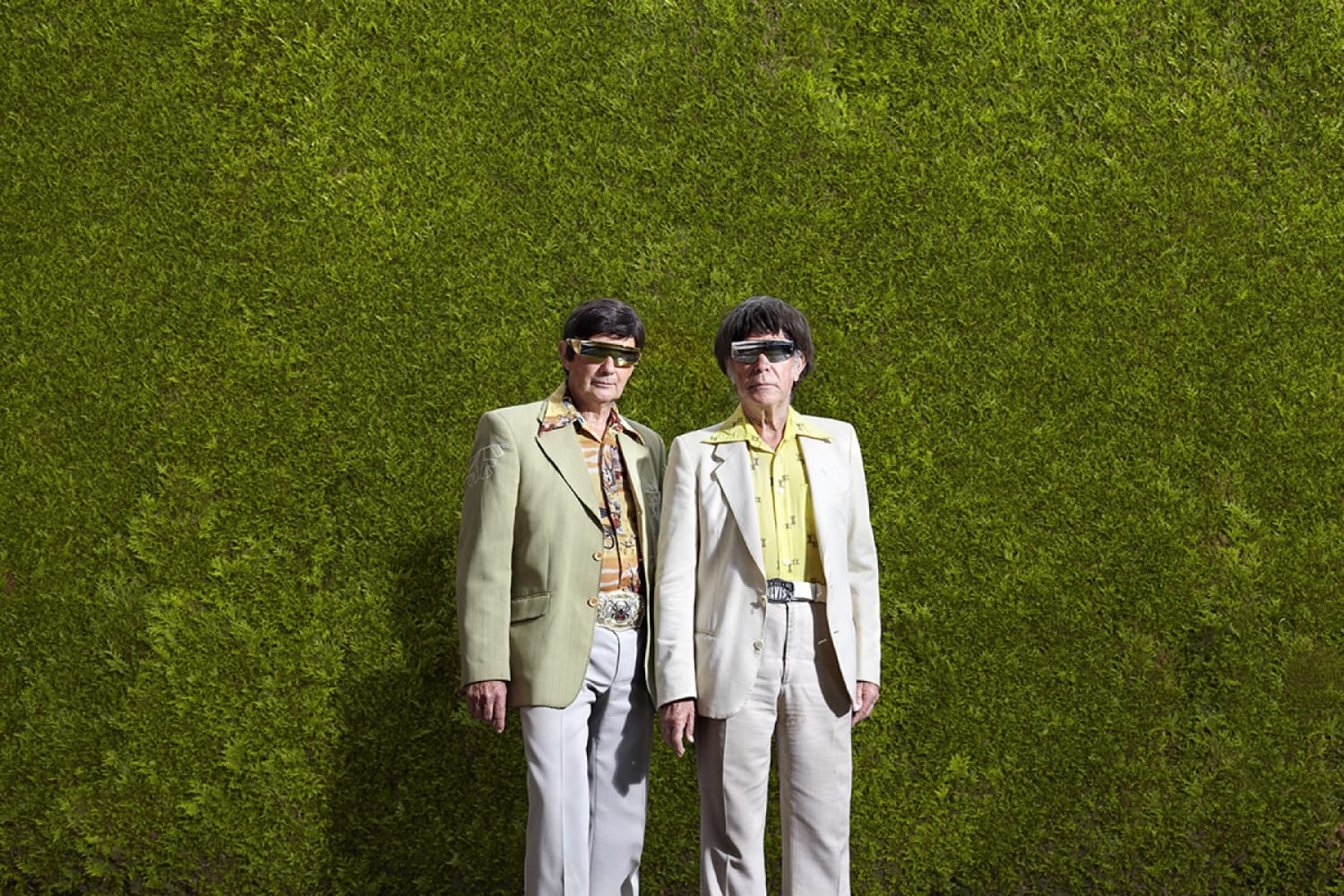
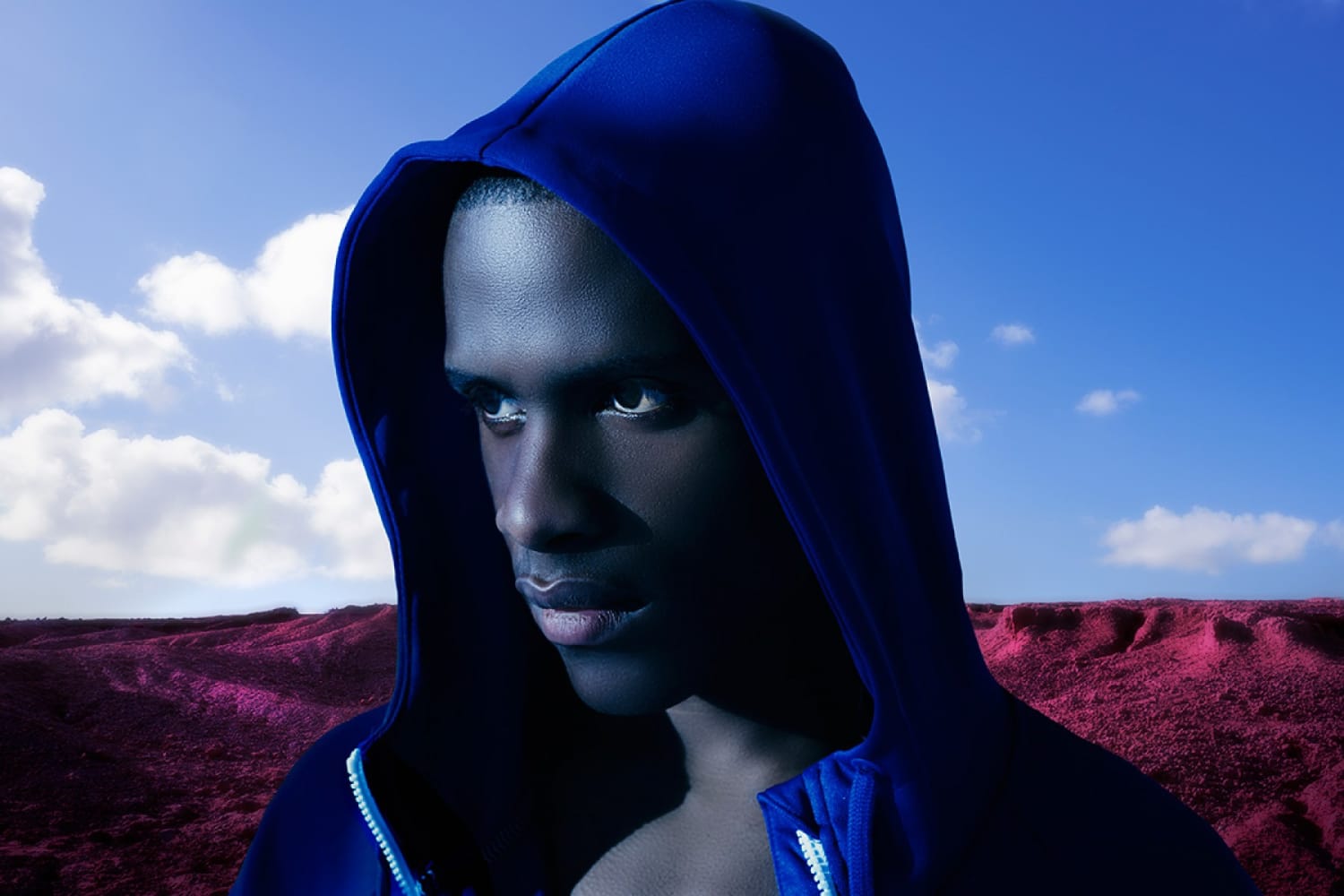
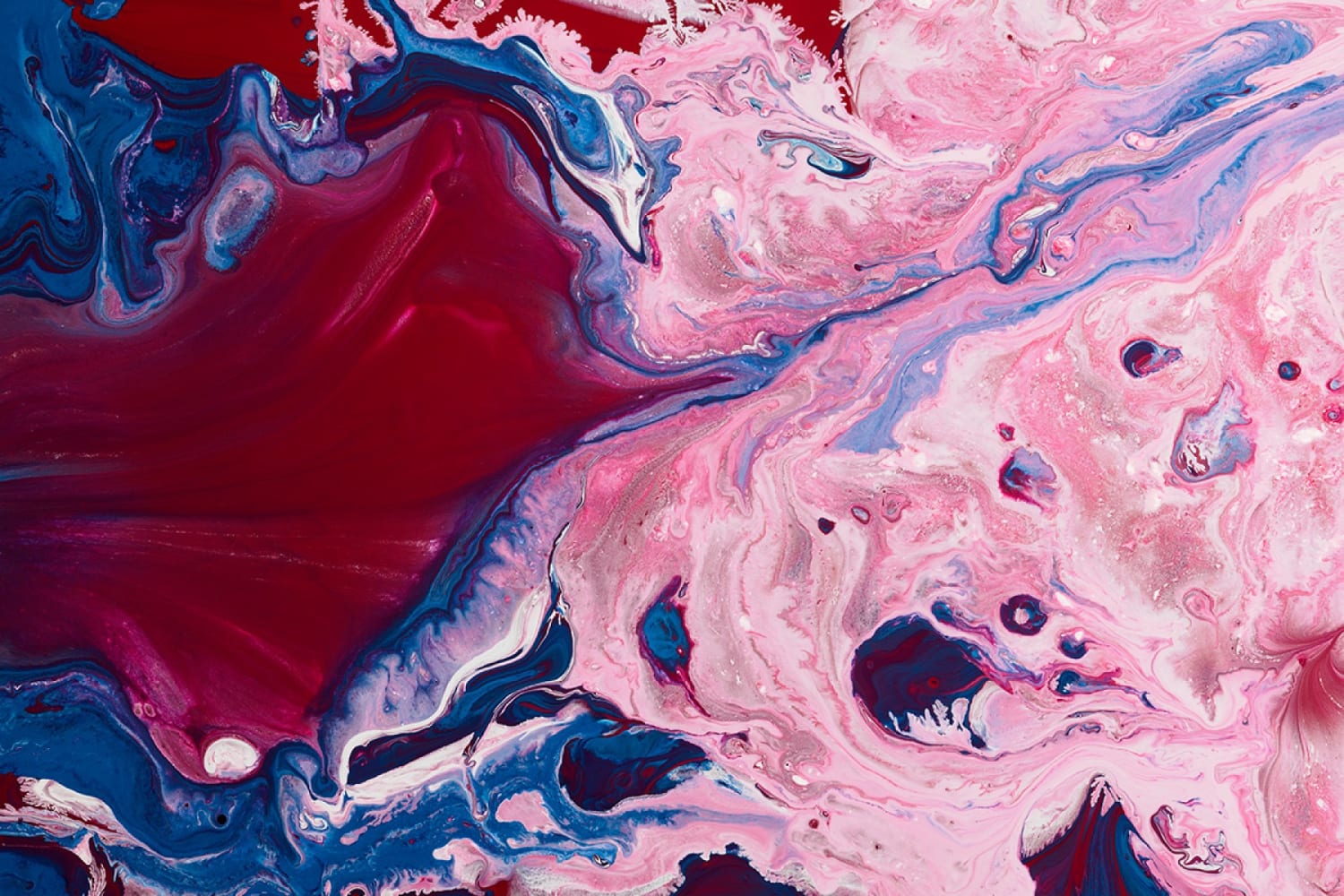
You have an unusual job title. What does a director of visual trends do?
I help head up the team that makes predictions about what our customers are going to be searching for tomorrow. We study the visual landscape at large, and also our internal data, and use that as a jumping off point to identify trends.
We then take those trends and work closely with our global team of art directors and photo editors—and, through them, all our thousands of contributors around the world—to guide them in making the right pictures and videos for gettyimages.com, before our customers even know what they need.
It seems like it would be challenging to bridge the between search data and the more conceptual trends you distill this into.
That’s absolutely right, and that’s why we can’t stop with search—a lot of our competitors look for what people are searching for already, and then they think, “oh so we need to make more of that content.” But what we’ve found is that’s only the first step. Once you have that data, you have to then be able to contextualize it, and you have to be able to monitor the whole entire world around you.
So, in addition to monitoring search, we meet with customers all the time to discuss their interests, we ingest a massive amount of media so we know what the top advertisements are—and, even more importantly, what the more fringe, grassroots creative campaigns are around the world. We’re monitoring the fine art world, we’re monitoring fashion, we’re keeping our fingers on the pulse of what the most emailed articles are on certain websites, or what events are coming up in a given period, what demographics are exploding. Monitoring social media is a big component of this, too, but you don’t really want to jump on every little fad, you want to make sure it has some longevity and will have wider repercussions.
All of that really swirls together to paint a picture. It’s a science but it’s also an art, and there’s no doubt that in addition to looking at data and ingesting a lot of qualitative information, there’s also some instinct involved. Everyone on my team just has really good instincts when it comes to figuring out what they think tomorrow’s going to look like, after doing all that homework beforehand.
Last year, you picked up on a visual trend called Genderblend. How did you see that play out during 2015?
To me, Genderblend was an outcropping of an earlier trend that we identified called Female Rising. We had reached an inflection point where suddenly people wanted to see images of women leading meetings, and little girls playing sports and doing math and engineering. In our data, we started seeing images of female business executives skyrocketing in our search, and likewise images of caretaking men were becoming very popular. Our top-selling images of women changed drastically in the seven-year time period that we studied, and the same thing has happened with the top-selling image of a father. In 2007, it was a dude playing football with his son on the front lawn, and then several years later the top-selling image of a father was a dad barefoot sitting on the floor with his daughter reading, having a really tender affectionate moment.
So, we did a lot of work around that. Obviously, we started the Lean In Collection, which was a huge project and a really meaningful one that I’ve gotten to oversee. But it became clear that that was just the start of it—when you start breaking down the big gender stereotypes, suddenly all of these other gradations in between the two poles of male and female are also going to be called into question, and they’re going to start blurring together and mixing together more. It can’t just be about women who are in the driver’s seat. That’s great, but we need to see all of the different counterparts and responses to that.
And so, we’ve seen the toy industry moving away from marketing to boys and girls separately—how we socialize our kids and how we’re teaching gender to the next generation is a big piece of it. And of course, the increasing visibility of the transgender population is another piece. We started to see the keyword “transgender” rising in our search—it actually rose 312% in 2015.
Based on this research, I’m really happy to say that we were able to make pictures around these themes before this demand even came into play. We also changed our model release form this year. It used to be that our models would check off if they were male or female, and now we have a third option where they can say “I identify as…,” which is great.
Let’s talk about the trends you’ve identified for 2016. Do you see the gender thread moving through any of the other trends this year?
I think this goes into Outsider In, and Messthetics, and maybe Divine Living, but in subtler ways. Outsider In, I think, is the crux of this: people who were once considered fringe or marginal, whatever that means, are being more readily celebrated. Which is really exciting if you think about it, this idea that now everybody seems to want to be rebelling against the status quo.
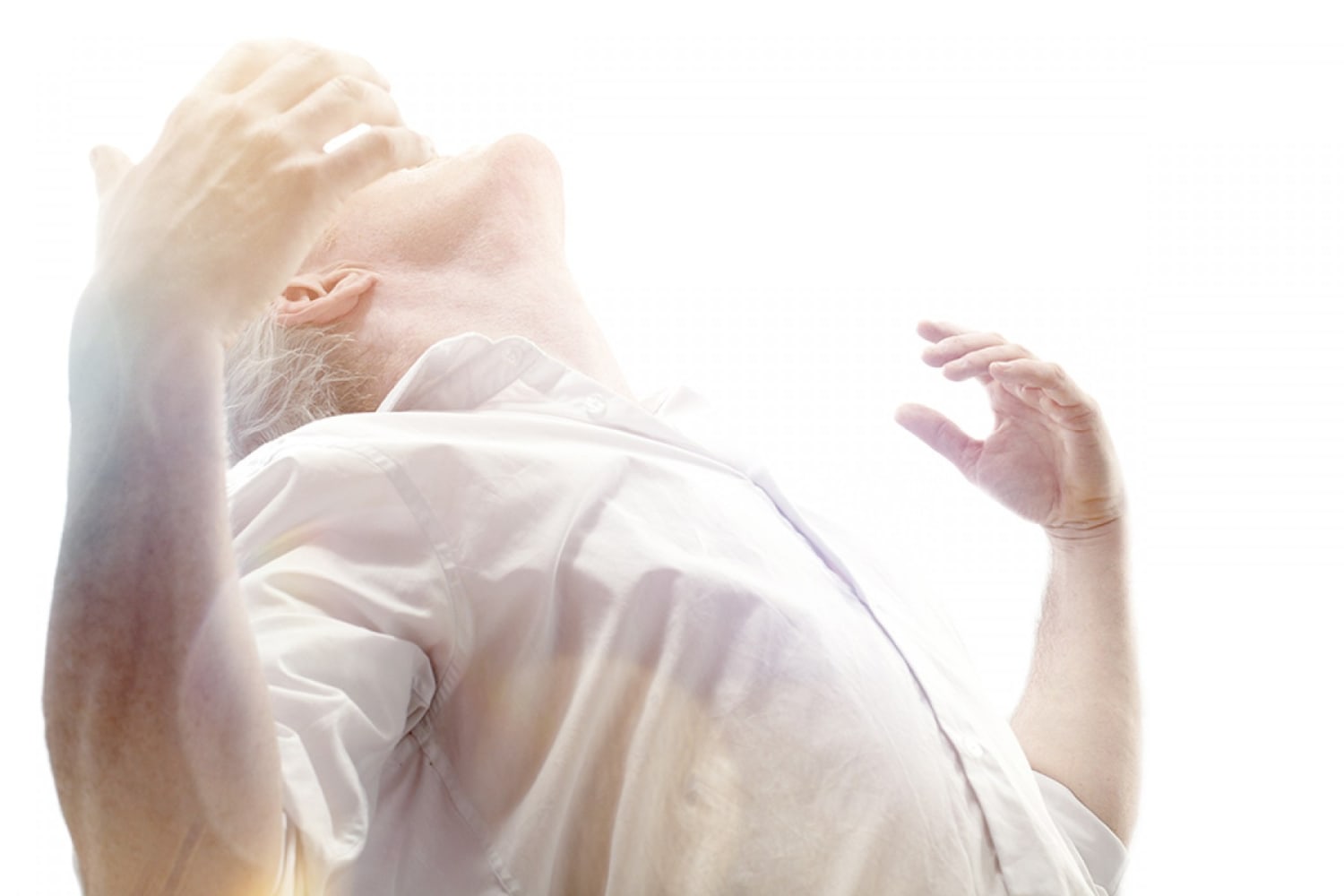
For example, the Pirelli calendar this year is a really good example for me of Outsider In, because it’s Pirelli kind of rebelling against its own brand, rebelling against their own tradition of showing stereotypically seductive, perfect-looking women, and instead celebrating these iconoclasts, and creators, and women of all ages, shapes, body types, and ethnicities. To me, that’s a really good example of Outsider In.
I think Messthetics is gendered in a way, because it’s all about not being perfect. It’s about being sloppy and dirty and viscous and messy, and to me there’s an undercurrent there of feminism where it’s about breaking out of confines. And then I think Divine Living has this very mystical purposeful kind of thread through it, which traditionally, and I’m going to choose my words carefully here, but traditionally that kind of compassion and “let’s connect to our higher selves” kind of orientation used to be considered very “feminine.” And those qualities are now being more readily celebrated by big brands across the spectrum.
Of the trends we haven’t mentioned yet, which one do you find most compelling and why?
It really is hard! I think the Extended Human trend is very interesting, because it’s a very optimistic way of looking at technology. I think in science fiction we’ve gotten so many cautionary tales about robotics and artificial intelligence and being too plugged in, and there seems to be this rise of really celebrating the aspects of technology that makes us more human, that help us to live more self-aware, more responsible, connected, compassionate lives.
I like that—the dichotomy of tech and the human spirit and human capacity, I think it’s really interesting. It gives me hope, because it’s very bleak to think that the more plugged in we get, the less human we get. I don’t think that has to be the case.
How do you translate something quite abstract and conceptual like that into a visual trend?
Some of it is quite literal—just the fact that we’re seeing robots in so many different projects and starting to see it a little bit in big brands is very telling in itself. I’ll tell you a story: when I was much more green on the creative research team, we’re talking maybe eight years ago, I went to this huge conference at the Javits Center all about robotics. I was so charged up by it and I came back and I was like, guys, we need to start shooting a lot of images about robots! The robots are here!” And we did a couple of the shoots, but it was way before its time.
Now, robotics is really starting to become more ubiquitous, and it doesn’t necessarily look like the silver, boxy, anthropomorphized being. I think about how everyone loves BB-8 from the new Star Wars movie, the little round droid—it’s this adorable little robot who doesn’t really look human at all; it’s these two round wheels or spheres on top of each other.
Another example is the Aziz Ansari show Master of None which features a “comfort seal” named Paro, which is also robotics. They don’t necessarily have to be these steely, “uncanny valley” kind of beings, they can also be these beings we have connection with, and who we have actual relationships with.
Certainly, we’re having huge demand for images that show wearable technology, and technology as an extension of the body. That’s also in the literal ways, people wanting to see smart watches and all that kind of stuff and VR gear. But people also want to see the conceptual idea: what does it mean to have technology that’s integrated into who we are, not just how we’re using it, but our identities?
Do you see VR as a problem from the point of view of a picture researcher? We’re already so tired of these images of people with these things on their face. Do you have any indication of how people are going to represent that?
One of the trends is call Surreality, and Surreality is basically surrealism with this technologically enhanced lens. I think that that’s what we’re going to be leading towards. Yes, virtual reality is great, because it will make you feel like you’re actually at that amazing football game or at your niece’s birthday party, but it’s also going to allow us to invent amazing new worlds, and it’s going to allow us to really stretch the boundaries of our imaginations. So I think we’re going to dream bigger and be even more focused on imagination. And that excites me.
Would you say there are any commonalities in this year’s trends?
For so many years our customers have been asking for “authentic” images—they want images that look like social media, mobile snapshot, Instagrammy-styled content. And I understand that, and that content helped a lot of brands build trustworthiness, and makes them feel more relatable and more inclusive, and that’s great.
But everybody is doing it now, and I think we’re going to get to an inflection point, and we’ve already started to see this, where people are going to once again want to see images that are enhanced reality, or complete Surreality, and we’re going to see much more, I think, extreme aesthetics across the board. There’s going to be a lot more audacity and boldness to our aesthetics, and a lot more of that visionary kind of look as opposed to reality. That’s my biggest guess, and we’re starting to see it happen already.
It’s going to force all of our creative hands and make us have to be more inventive, because our customers all have the same problem, which is “how do I differentiate myself?” At first everyone was like, oh, a lot of people are doing this perfect, sleek, old-school kind of photography model, so I’ll rebel against that and do this super snapshotty, realistic candid look. And now that is ubiquitous, it is everywhere.
We still have customers who come to us for that kind of content, and I don’t think it’s going to go away. But I think a lot of the more leading-edge directors and creative directors are really fatigued by it, so we’re going to see these more innovative images that have a little more… intention. They just feel a bit more composed and intentional. Even if it’s intentionally messy or intentionally bold, there’s just going to be that more artful hand behind it. And that excites me.
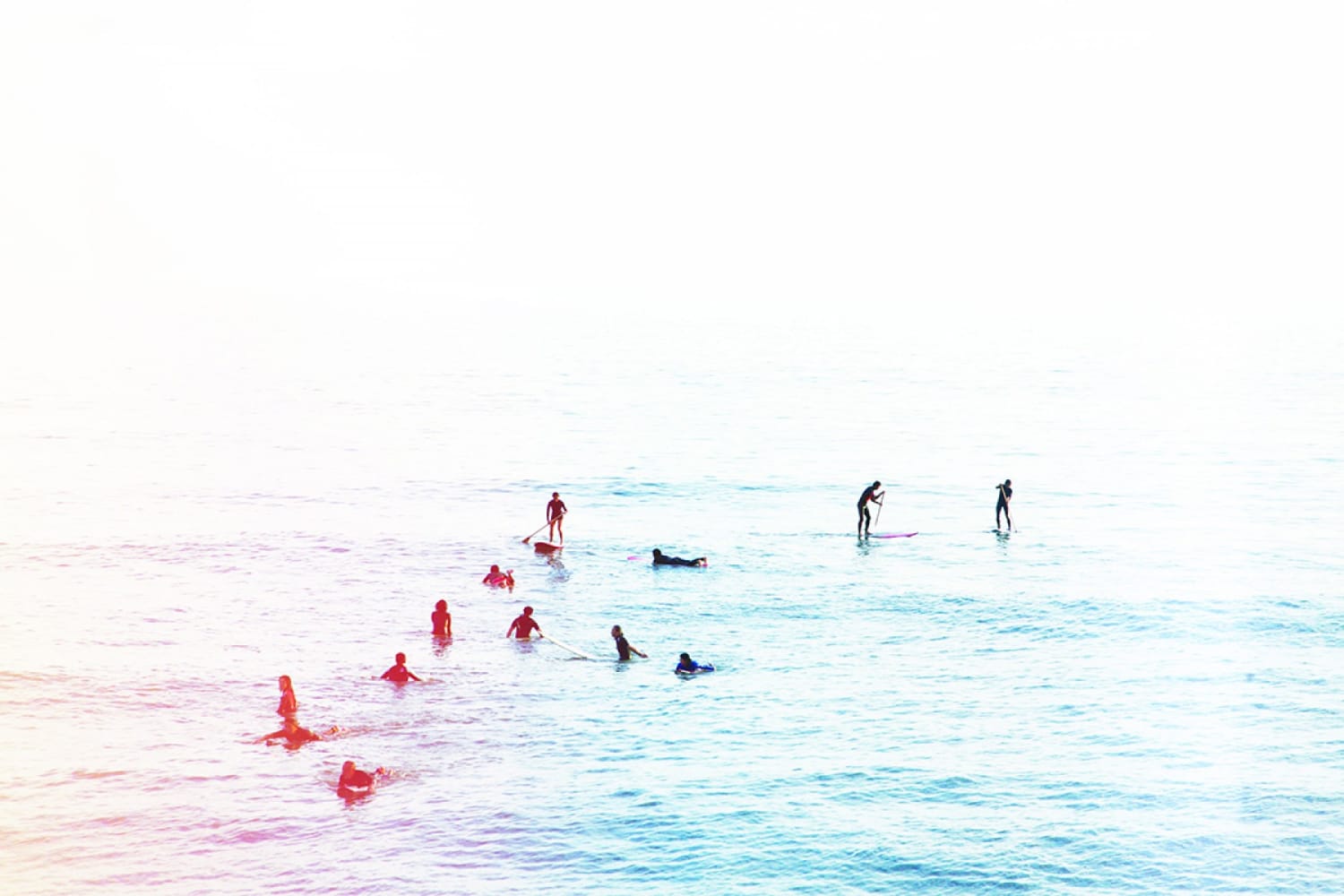
Please provide your contact information to continue.
Related Content

Horse Racing Ireland Spot Is an Ode to Ireland's Racing Roots

